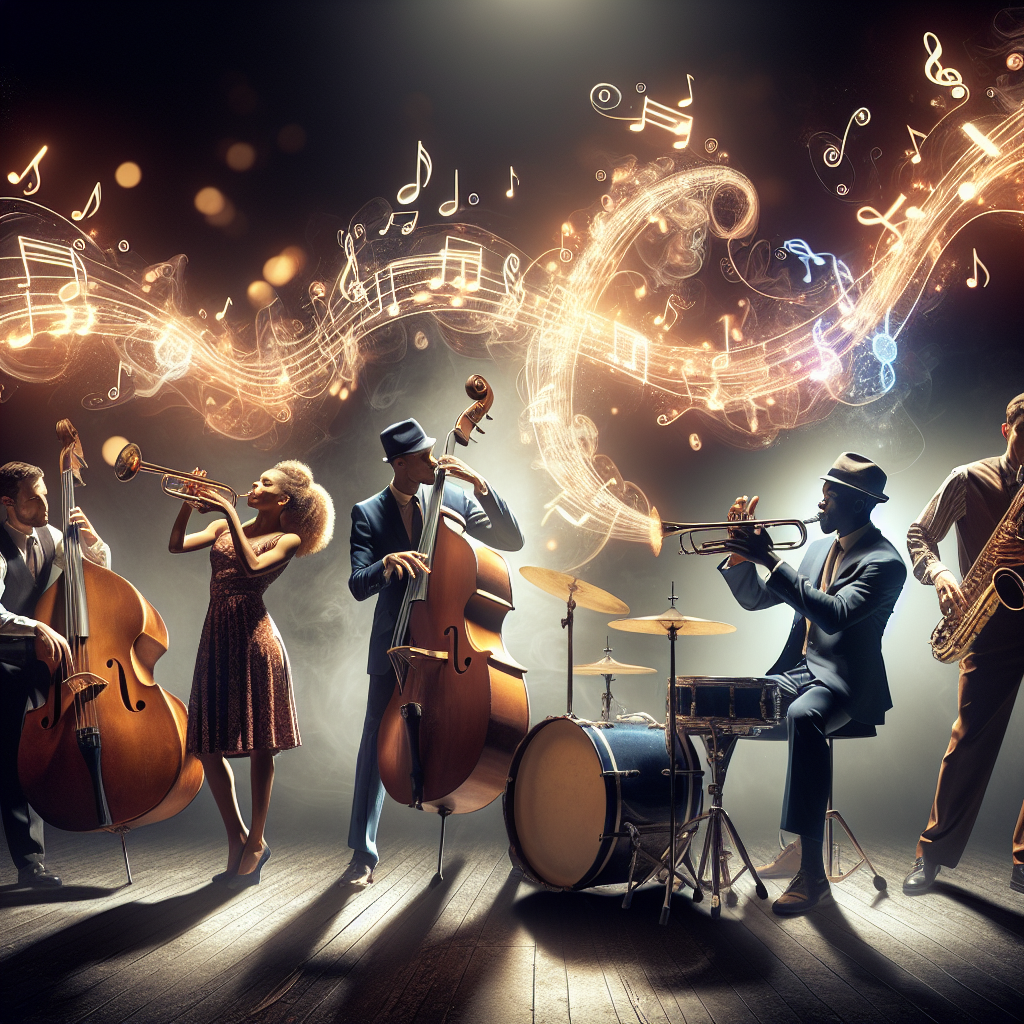Rave culture has played a significant role in the evolution of electronic dance music (EDM). Born from a countercultural movement in the late 80s and early 90s, raves have since become mainstream events that host some of the largest and most popular EDM acts in the world. But how exactly has rave culture influenced the music that is played at these events? To understand this, we must delve into the history and characteristics of rave culture, and explore how these various elements have shaped the sound of contemporary EDM.
A Brief History of Rave Culture
Rave culture began as an underground movement in the UK, ignited by the advent of acid house music. Fusing elements of techno and house, acid house became the soundtrack to late-night, secret gatherings in abandoned warehouses and remote outdoor locations. These events, known as raves, were characterized by their all-night durations, free-spirited atmospheres, and the communal and liberatory ethos that they promoted.
The rave scene quickly spread across the globe, reaching the US by the late 80s. As it grew, the music evolved, incorporating elements of various genres including breakbeat, jungle, and trance. By the 2000s, raves had started to become mainstream events, held in large venues and attracting thousands of attendees.
Influence of Rave on EDM
The impact of rave culture on EDM is profound and multifaceted. At the most basic level, raves provided a platform for the early iterations of EDM to be played and heard. DJs spin tracks that go beyond typical pop structure, experimenting with new sounds and styles, often crafting their sets for several hours to journey through different tempos and vibes, refining the genre and shaping the sound we now recognize as EDM.
Beyond this, the ethos of rave culture has significantly shaped the thematic and aesthetic aspects of EDM. The values of unity, love, respect, and freedom promoted at raves have filtered into the music, influencing not only the lyrical content of much of the genre but also its sound. The euphoria, energy, and feeling of community often found in EDM tracks are a testament to this influence.
Changes and Continuity in the Contemporary EDM Scene
Contemporary EDM maintains many of the characteristics that emerged from the rave scene. The high-energy beats, innovative soundscapes, and communal ethos remain staples of the genre. However, as raves have become more mainstream, with large promoters and venues taking the reins, the musical landscape has also evolved. Commercial influences have led to a shift towards more accessible and pop-oriented sounds in some corners of the EDM world. Despite these changes, the underlying influence of rave culture remains palpable in the genre.
Conclusion
Understanding the influence of rave on EDM is crucial to appreciating the breadth and depth of the genre. It underscores the importance of context and environment in shaping music and reminds us of EDM’s roots in a countercultural movement that championed innovation, individuality, and community. Despite changes in the scene, these values continue to resonate in EDM, speaking to the enduring influence of rave culture.
Frequently Asked Questions
1. What is a rave?
A rave is a large dance party featuring performances by DJs and artists who play electronic music. Events can last all night, and are highlighted by the use of fast-paced music, lights shows, and visual effects.
2. How did raves start?
Raves originated in the late 80s, primarily in the UK, as underground parties often held in abandoned warehouses or remote outdoor locations. They are associated with the growth of various genres of electronic music like acid house, techno, and trance.
3. What is EDM?
EDM, or Electronic Dance Music, is a style of music largely produced for nightclubs, raves, or festivals. It’s composed of electronically produced sounds and often includes elements from other genres like pop, rock, and R&B.
4. How did rave culture influence EDM?
Rave culture provided a space for electronic music to be played and heard. It also created an atmosphere that allowed for musical experimentation. Unity, love, and respect, all central to the rave ethos, are now themes often found in EDM.
5. How has the rave scene changed?
The rave scene has changed greatly from its underground origins. Today, raves are often larger, more organized events with commercial promotions. Despite these changes, the counts of unity, inclusivity, and musical innovation remain central to the rave experience.




